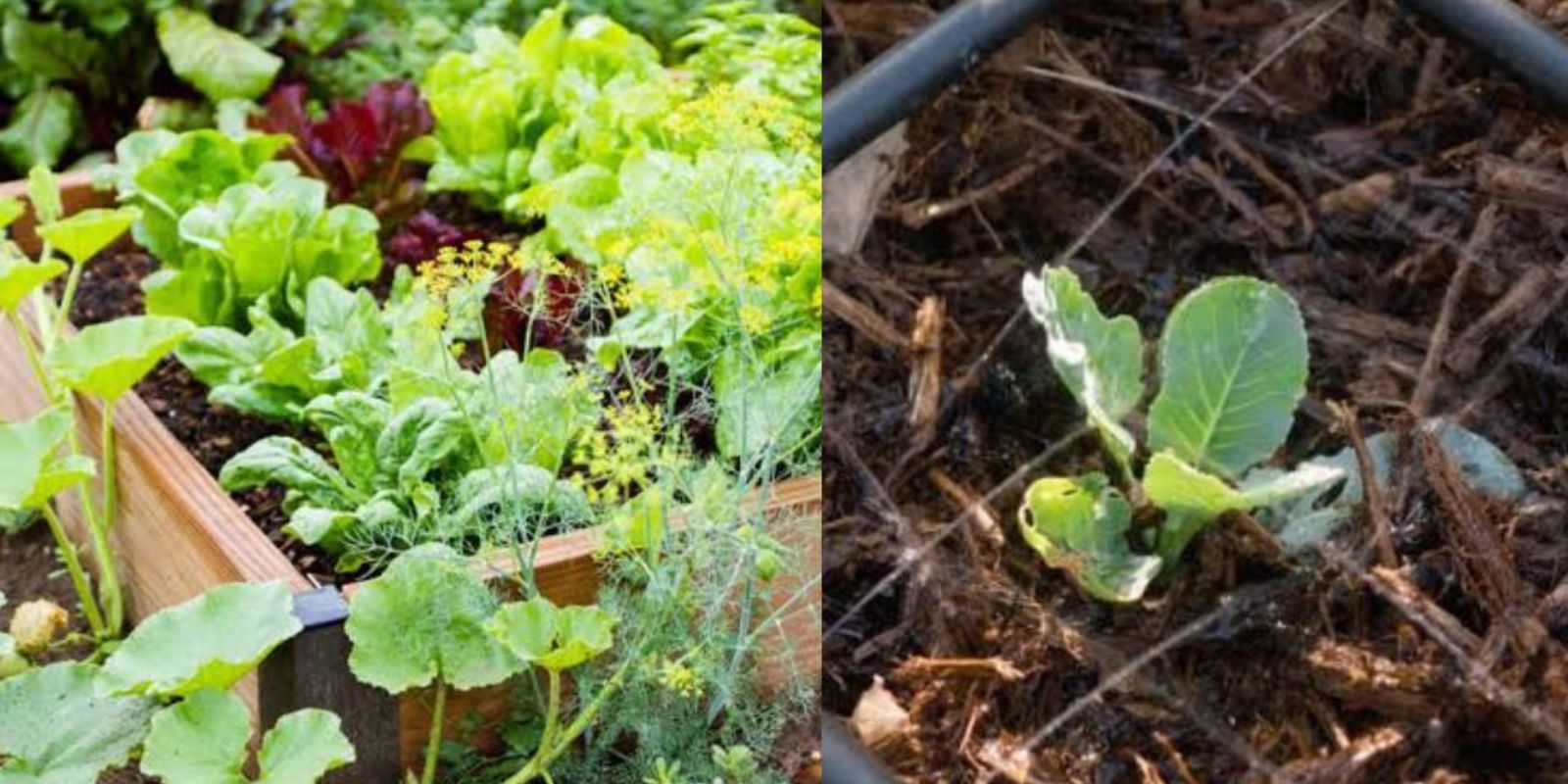Gardening at home is not only a rewarding hobby but also a fantastic way to bring fresh, organic vegetables and herbs right to your kitchen. Whether you have a spacious backyard or a small apartment balcony, creating a thriving garden is within your reach. In this article, we’ll break down five key steps to help you start and maintain your very own home garden.
Why Start a Home Garden?
Growing your own food comes with numerous benefits. It’s an excellent way to reduce your carbon footprint, save money on groceries, and enjoy chemical-free produce. Additionally, gardening promotes mental well-being, reduces stress, and gives you a sense of accomplishment.
Now, let’s dive into the essentials of creating a productive home garden!
Step 1: Find the Perfect Spot
Sunlight Is Key
Plants need sunlight to grow and thrive. Ideally, select a location that receives at least 6-8 hours of direct sunlight daily. For homes with limited natural light, consider investing in grow lights to supplement the plants’ needs.
Space Considerations
You don’t need a big yard to start gardening. A balcony, windowsill, or even a small corner of your kitchen can work. Vertical gardening techniques like hanging planters or trellises are perfect for optimizing limited space.
Step 2: Choose Containers and Soil
Picking the Right Containers
You can use a variety of containers for your garden. Pots, wooden crates, and even upcycled items like plastic bottles or tin cans work well. Just make sure your chosen container has proper drainage holes to prevent waterlogging.
Preparing the Soil
Healthy soil is the foundation of a thriving garden. Use high-quality potting soil enriched with compost or organic matter. For better aeration and moisture retention, mix in materials like coco peat or perlite. Ensuring the right soil composition will keep your plants well-fed and healthy.
Step 3: Watering Done Right
The Goldilocks Rule of Watering
Watering is all about balance—too little, and your plants will wilt; too much, and their roots will rot. Water your plants consistently, ensuring the soil is moist but not soggy.
Smart Irrigation Techniques
For busy gardeners, a drip irrigation system is an excellent way to provide consistent hydration. Alternatively, place trays or saucers under pots to catch excess water and keep the soil damp.
When to Water
The best time to water is early in the morning or late in the afternoon to prevent evaporation. Avoid wetting the leaves, as this can encourage diseases.
Step 4: Select Your Crops
Start Small and Simple
If you’re a beginner, start with easy-to-grow crops like:
- Herbs: Basil, mint, parsley, and cilantro.
- Leafy Greens: Lettuce, spinach, or arugula.
- Vegetables: Tomatoes, peppers, or radishes.
These plants are forgiving and don’t require extensive care, making them ideal for novices.
Consider Your Space and Climate
When choosing crops, take your local climate and available space into account. For example, if you live in a warm region, opt for heat-tolerant plants like chilies or eggplants. Cooler climates are perfect for cabbage or kale.
Step 5: Care and Maintenance
Regular Monitoring
Gardening requires consistency. Inspect your plants frequently for signs of pests, diseases, or nutrient deficiencies. Early detection helps you address issues before they escalate.
Natural Pest Control
Avoid harsh chemicals and opt for organic pest control methods. Neem oil, insecticidal soap, or companion planting (e.g., marigolds to deter pests) are great alternatives.
Pruning and Tidying Up
Remove dead or yellowing leaves to encourage healthy growth. Regular pruning also improves air circulation around the plants, preventing fungal infections.
Feeding Your Plants
Apply organic fertilizers like compost, fish emulsion, or worm castings every few weeks. This ensures your plants have the nutrients needed for robust growth.
Harvesting Your Produce
Once your plants have matured, it’s time to enjoy the fruits of your labor! Harvest vegetables and herbs at their peak for the best flavor and nutritional value. For leafy greens, cut only what you need, allowing the plant to continue producing.
Pro Tips for Long-Term Success
- Rotate Your Crops
Change the types of plants you grow in the same spot each season to prevent soil depletion and reduce the risk of pests. - Mulch for Moisture
Add a layer of mulch around your plants to retain soil moisture, suppress weeds, and regulate temperature. - Experiment and Learn
Gardening is a journey of discovery. Don’t be afraid to try new plants or techniques. Mistakes are part of the process and help you become a better gardener.
The Joy of Home Gardening
Creating a home garden is more than just growing food—it’s about connecting with nature, cultivating patience, and enjoying the satisfaction of nurturing life. The process may seem challenging at first, but with these five simple steps, you’ll be well on your way to a thriving garden.
Let’s Grow Together!
Are you ready to start your home garden? Share your progress and favorite gardening tips with us!
🌿✨ #HomeGarden #UrbanGardening #GrowYourOwnFood #SustainableLiving #GardeningTips #PlantLovers #DIYGarden

